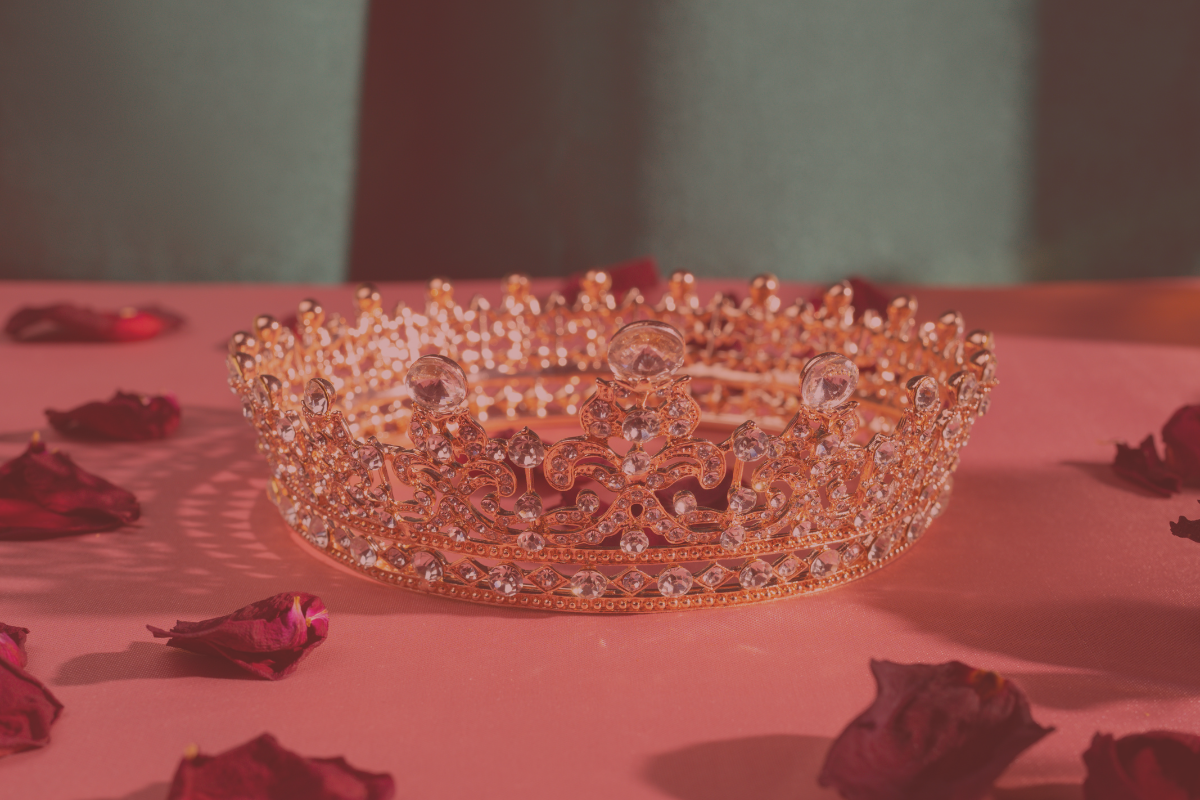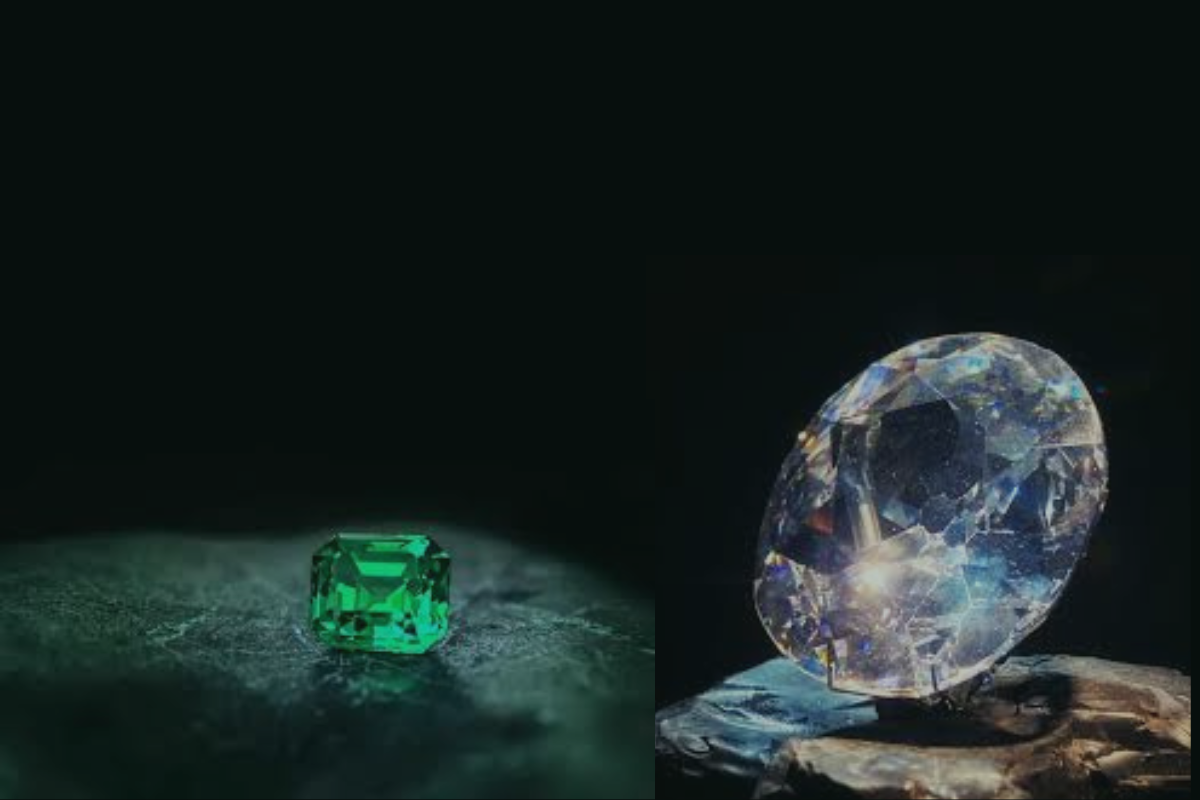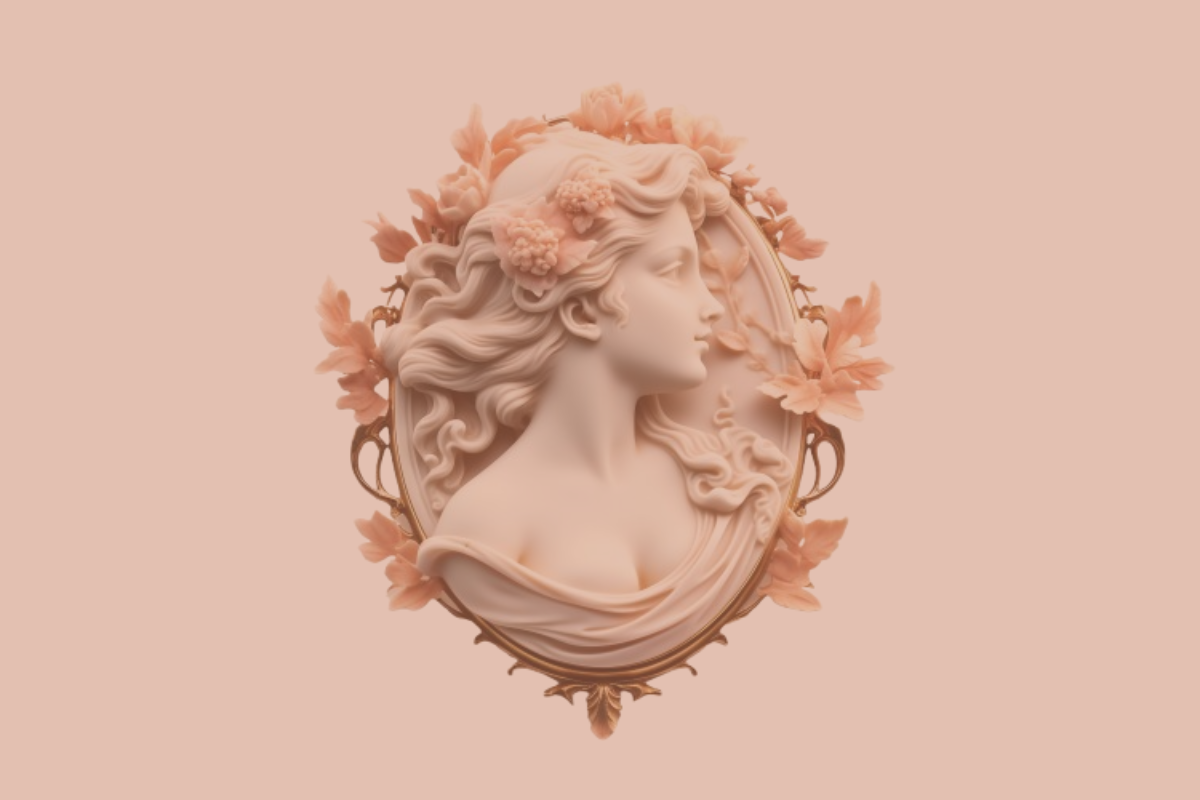In the heart of the Italian Renaissance, when art, science and philosophy merged into a perfect dialogue, jewellery too became a language of power and beauty. In the courts of Florence, Rome, Milan and Venice, gold and gemstones told stories of faith, ambition and desire, becoming emblems of culture and identity.
Benvenuto Cellini, the Florentine genius of the 16th century, was the undisputed master of this aesthetic revolution. For him, jewellery was not merely an ornament but a total work of art: a harmony of form, light and spirit. In his workshops arose masterpieces such as mythological cameos, chiselled belts and enamelled pendants crafted for popes, princes and sovereigns. His famous Golden Salt Cellar created for Francis I of France—a miniature sculpture uniting Neptune and Earth—is still regarded as the manifesto of Renaissance goldsmithing.
Court ladies such as Eleonora of Toledo loved multi-strand pearl necklaces and cross pendants, often depicted in Bronzino’s portraits. Lucrezia Borgia favoured rubies and emeralds, gemstones symbolising power and protection. Jewellery often concealed secret messages: small compartments contained solid perfumes or love letters, while rings engraved with Latin inscriptions or alchemical symbols were exchanged as tokens of loyalty and faith.
During the Renaissance, men, too, were central figures in the world of jewellery. In Italian courts, noblemen wore heavy gold chains as signs of authority, engraved buckles and cloak brooches adorned with diamonds or coloured stones. Men’s rings were not only decorative—they served as personal seals, instruments of power and declarations of identity. They often bore intaglios featuring coats of arms, mottos or classical figures, while Venetian nobles proudly wore brooches depicting symbolic animals—the lion, the eagle, the dolphin—underscoring virtues and allegiances. Florentine workshops also produced jewel-buttons, hat clasps and ornate chains for swords or keys, objects as useful as they were precious.
Another fascinating aspect is the use of jewellery as a scientific or religious amulet: gemstones were chosen not solely for their beauty but for their supposed healing or astrological properties. Topaz was believed to guard against melancholy, sapphire against falsehood, while red coral was thought to protect against the evil eye.
Today, major Italian Maisons continue to draw inspiration from that language of harmony and iconology. The Renaissance legacy lives on in every interlacing of gold, in the pursuit of the perfect gemstone and in the belief that a jewel—then as now—is not merely an ornament, but an eternal expression of the soul and of Italian civilisation.
PUBLICATION
20/11/2025
Supplied by Assogemme













